Co-founder | Product Design | Front-end | Branding
WarmMachine
/Online course aggregator/
VisitI realize how old I sound if I say, I still remember the excitement back in 2012, the Year Zero of MOOC, when I learned there was this thing called Open Yale Courses. I printed out (literally!) the transcripts of all the courses and started taking PHIL 176, ASTR 160, ECON 159, PSYC 110, ENGL 291 and ECON 252 at the same time. Then came MITOCW, with Gilbert Strang's (arguably world's best) Linear Algebra course, Intro to Algorithm by Erik Demaine, and Street-Fighting Mathematics.
I was like a kid in the candy store.
I logged my progress of each course in a giant Excel sheet and took meticulous notes for each lesson. At my craziest time I was taking 14 courses at the same time. A perfect recipe for burnout.
Gorging on all the knowledge unselectively doesn't make you omniscient, but knowledge diabetic, symptoms including:
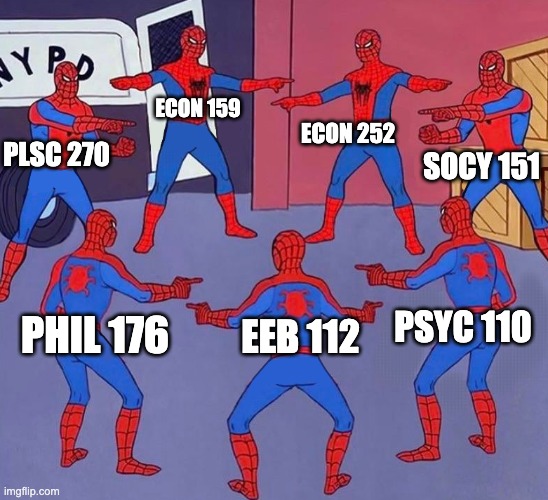
After a year of binge learning, I came to realize that:
That's why I built WarmMachine, a course aggregator and a curriculum builder (note: WarmMachine is the predecessor of AFAIK, but more on that later) that allows you to:
We built WarmMachine in less than two months. Here's what it does:
It was like having a personal librarian for the internet's knowledge buffet.
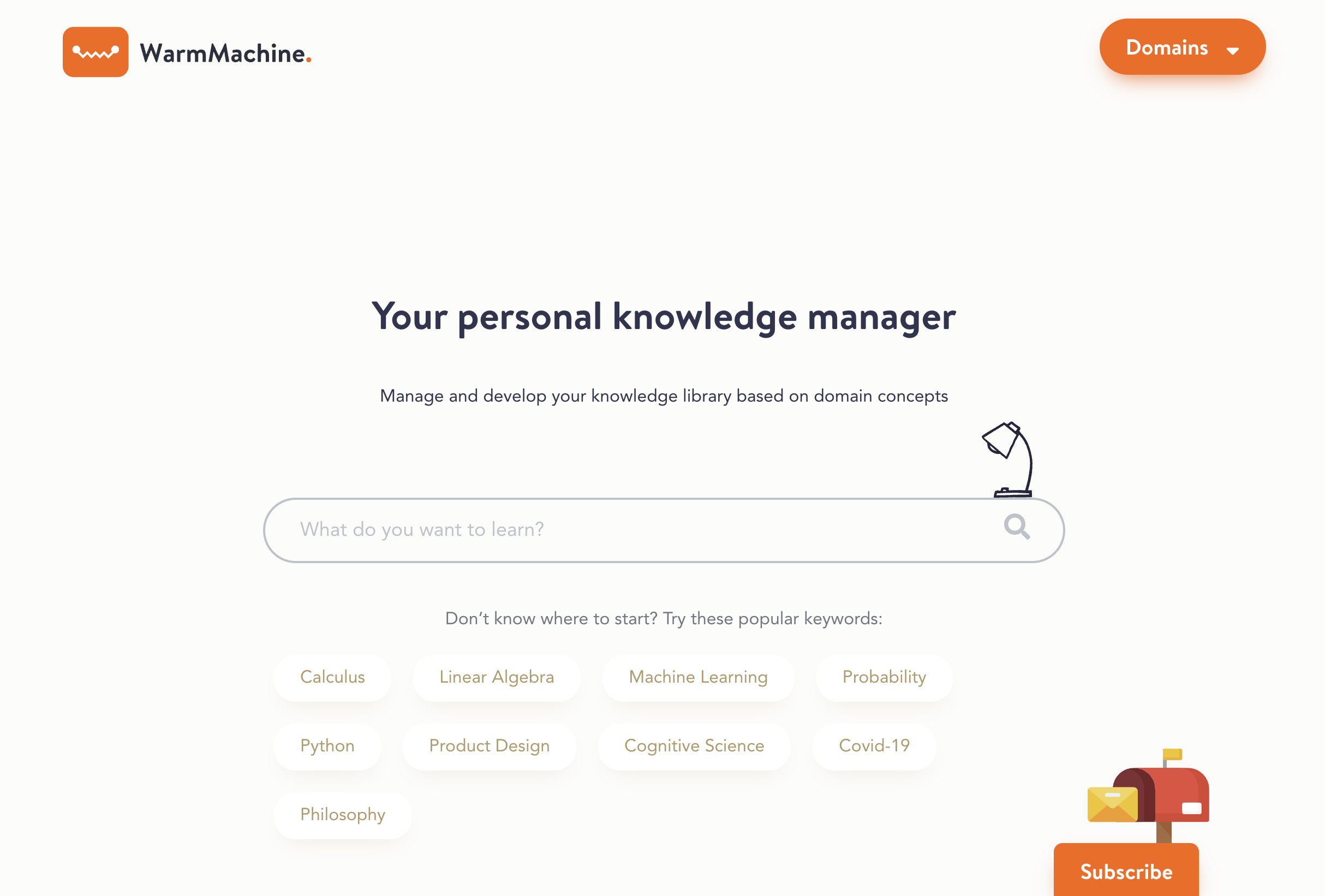

We launched WarmMachine on Product Hunt in May, 2021. Honestly, I had no idea what I was doing. Folks nowadays preheat their Product Hunt launch for months and plan out the whole thing using all their networks and resources, but back then I took 5 minutes to fill out the form, record a quick intro and went to bed. The next morning, I woke up finding it being #3 Product of the Day.
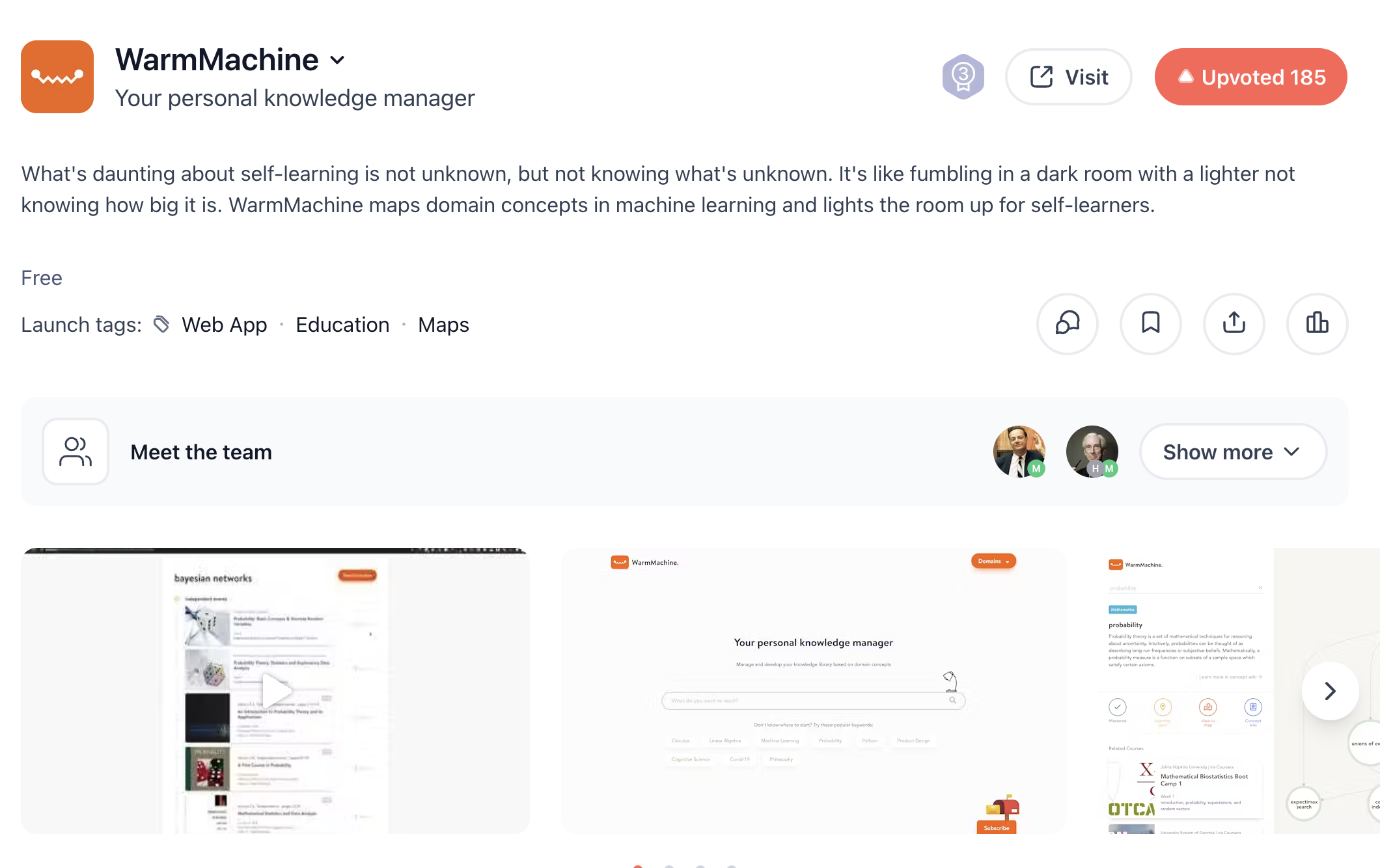
To date, WarmMachine has served 20,000+ users around the world and generated 30,000+ curricula.
We even got an interview from YC, where we were told we were "boiling the ocean". (OceanBoiler then became the project name for our AI agent at AFAIK . But again, another story.)
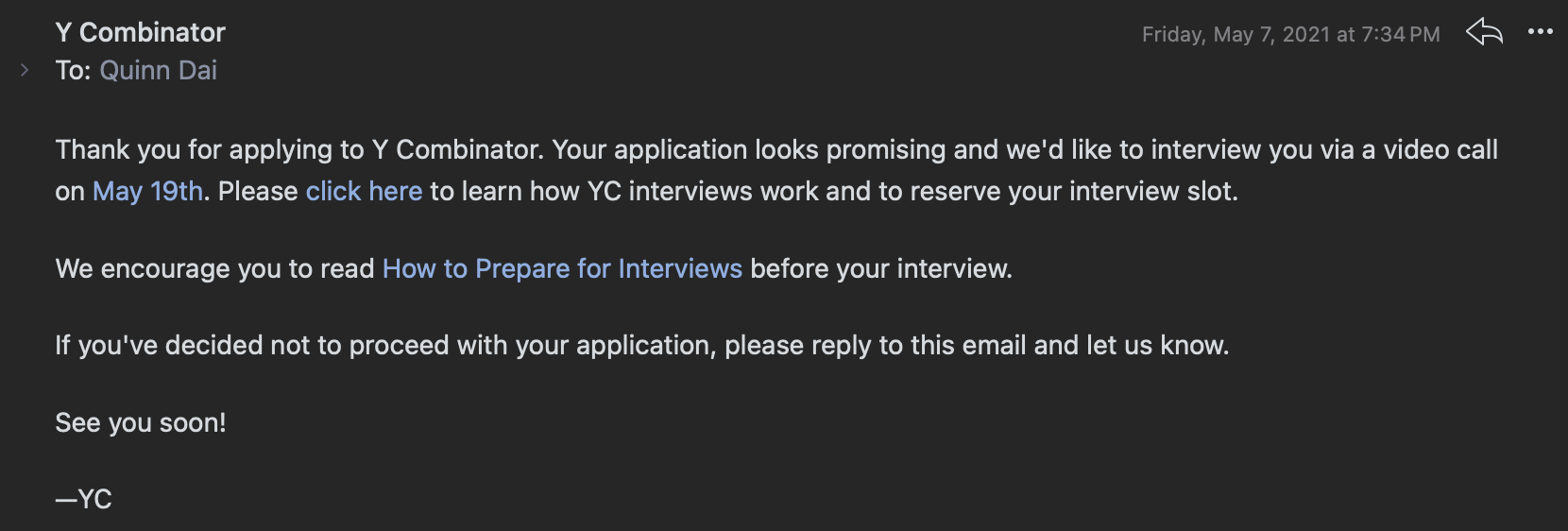
Personally, WarmMachine liberated me from the burden of manually managing my courses. It gave me peace of mind… for a while.
The internet evolved, and so did I. By 2022, I wasn't in love with MOOCs anymore. Here's why:
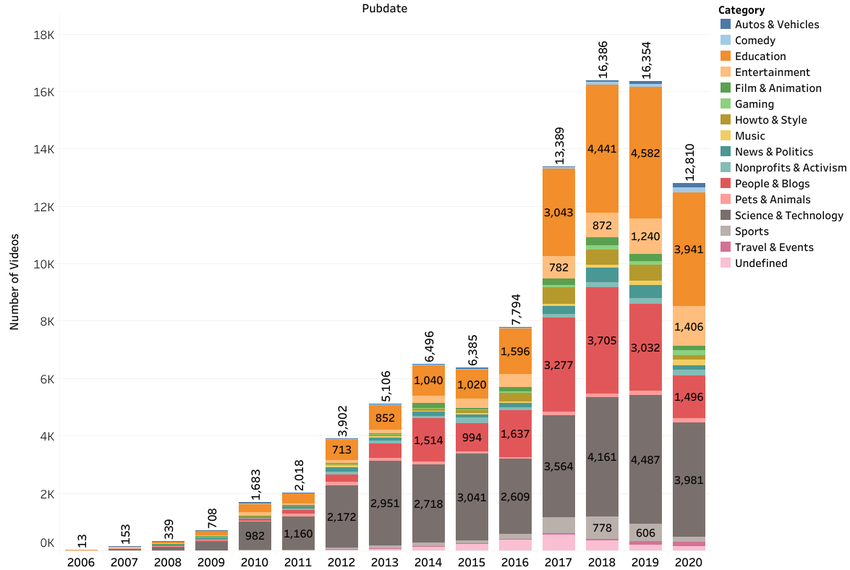
Simply put, we now live in an era of too much information.
The problem shifted from finding information to filtering and managing it. People want instant, relevant, updated, bite-sized, and personalized knowledge.
The future of learning isn't course-based—it's concept-based. Instead of spending 40 hours on a HarvardX course, learners will assemble bite-sized information into their own syllabi and use AI to build personalized courseware.
WarmMachine actually touched on concept-based learning by extracting concepts from courses and connecting them, but it was just a feature, not the foundational philosophy of the product. Later, we expanded this concept-learning idea and made it the core of AFAIK.
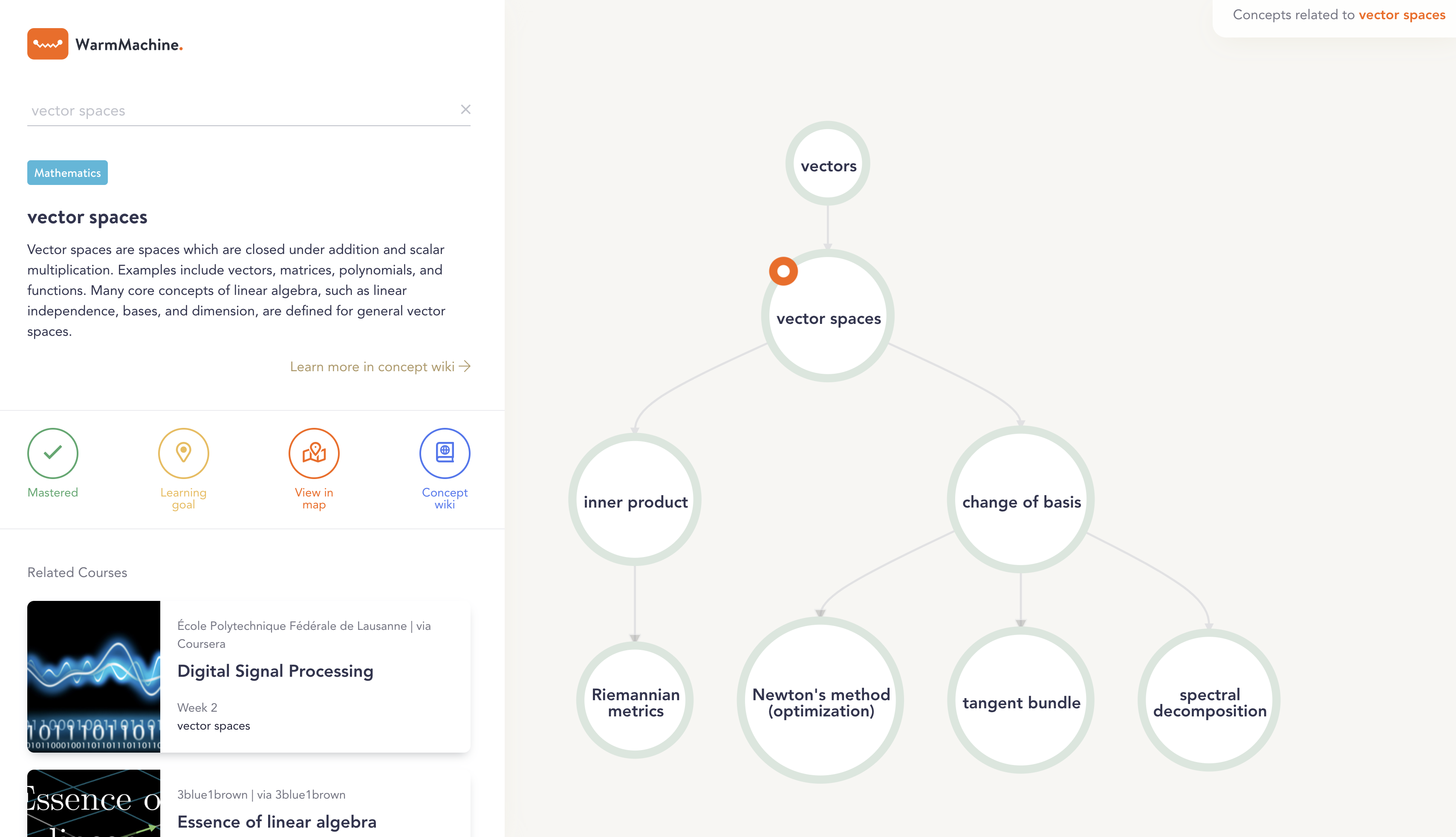
MOOCs felt outdated. A MOOC aggregator also suffers serious business model issues:
What we did right:
What we failed:
MOOCs saw a surge during the pandemic, but none of the platforms truly took off afterward. I found myself watching fewer MOOCs and reading more textbooks and blogs. I kept questioning if MOOCs were the best format for self-learning.
The story of WarmMachine ended when I was designing yet another course filter and suddenly was struck by the feeling of, what French would call, "ennui". "What's the point of designing another stupid filter that's been done a thousand times before?" I screamed in my mind.

I was already reading so many books. I knew the concepts in them formed a connected network. I knew I yearn for a personal knowledge management system, and the technology was ripe (this was pre-ChatGPT and we used BERT) to map human knowledge.
Maybe we could dream bigger. Maybe we could build something more future-proof.
That's how WarmMachine pivoted to AFAIK.
- end -